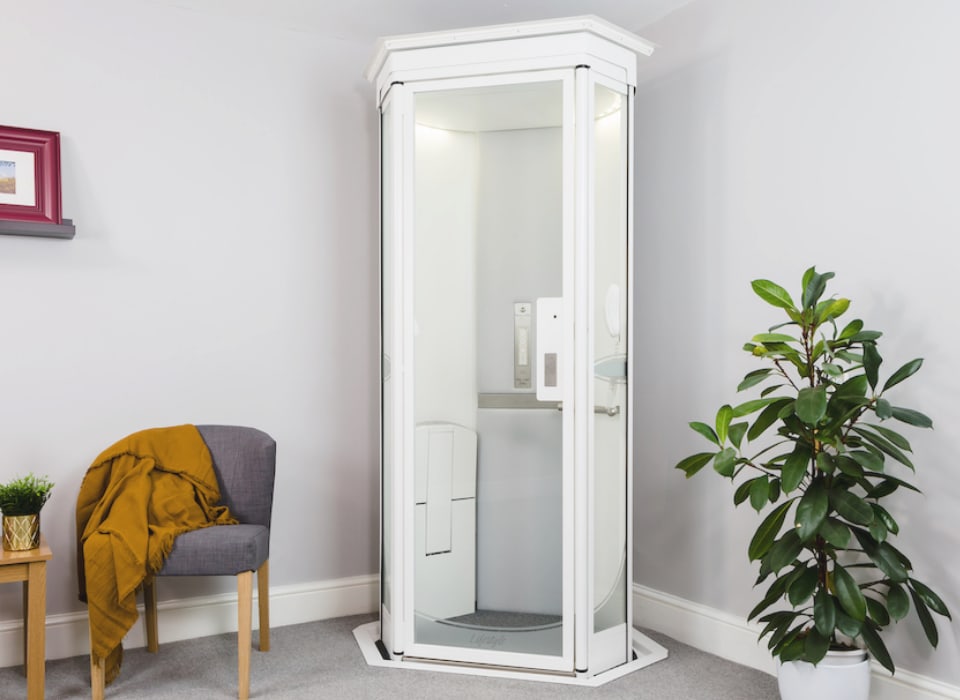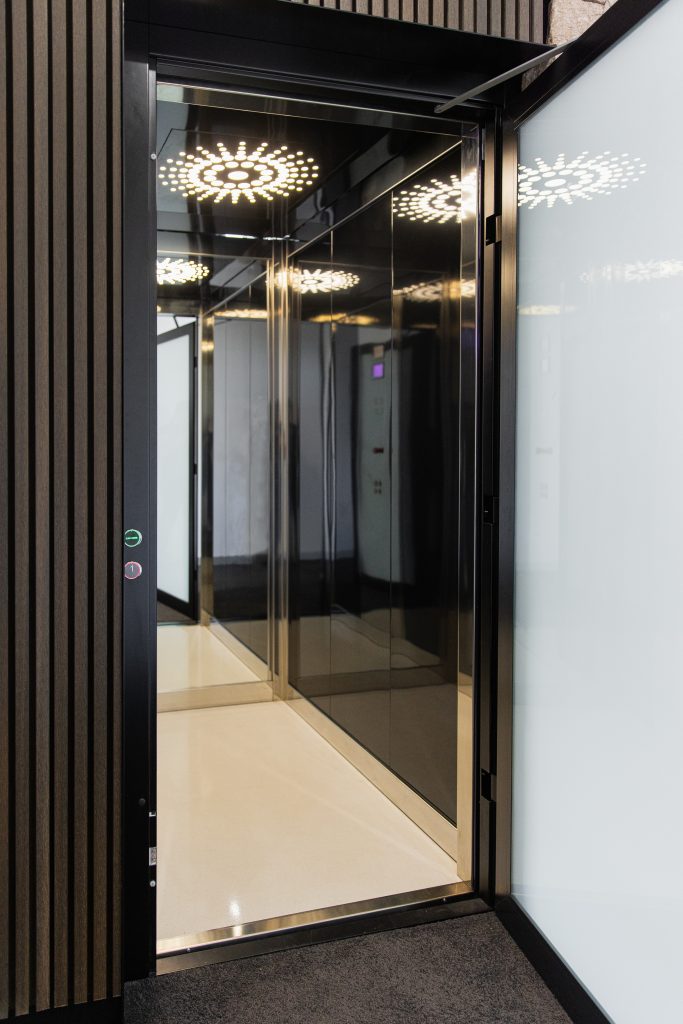We Maintain Lifts to the Highest Possible Requirements: Reliable Solution for All Lift Kind
We Maintain Lifts to the Highest Possible Requirements: Reliable Solution for All Lift Kind
Blog Article
Delving Into the World of Elevators: Typical Concerns Encountered by Various Lift Mechanisms
As we browse via the vertical transport systems of modern-day structures, lifts stand out as an essential element of our day-to-day lives. From hydraulic lifts to traction systems and machine-room-less styles, each lift kind comes with its collection of usual issues.
Hydraulic Elevators
Hydraulic elevators, commonly favored for low-rise buildings, utilize fluid stress to regulate the movement of the elevator automobile (lift repair companies). This system entails a hydraulic pump pressing oil right into a cyndrical tube, causing the elevator to move in the preferred direction. While hydraulic elevators are understood for their smooth and quiet procedure, they do feature their very own collection of typical problems
One common problem with hydraulic elevators is oil leak. The seals in the hydraulic system can wear over time, leading to oil infiltration. If left unaddressed, this not just produces a mess however can likewise impact the lift's performance. Furthermore, problems with the control system, such as malfunctioning shutoffs or a malfunctioning pump, can trigger interruptions in the elevator's movement.
Routine maintenance and prompt repairs are vital to ensure the smooth performance of hydraulic lifts. By resolving these typical issues proactively, structure owners can minimize downtime and make certain the safety and efficiency of their vertical transport system.
Traction Lifts
When taking into consideration upright transport systems in structures, an additional common kind besides hydraulic lifts is the grip elevator. Traction elevators operate making use of a system of ropes and counterweights that relocate the elevator car by clutching onto the hoist ropes. This system permits smoother and quicker vertical transport compared to hydraulic systems.
Among the typical issues dealt with by traction elevators is rope wear. The continuous activity of the ropes within the traction system can cause wear and tear with time, possibly causing the elevator to malfunction or come to be unsafe for usage. Regular examinations and upkeep of the ropes are important to ensure the lift's proper performance and security.
One more issue that traction elevators may run into is related to the control system. Troubles with the control system can lead to concerns such as erratic activity, hold-ups in action times, or perhaps full shutdowns. Routine screening and upkeep of the control system are important to avoid such problems and make certain the elevator's dependability.
Machine-Room-Less (MRL) Elevators

One of the essential parts of MRL elevators is the small gearless traction maker that is set up within the hoistway. This machine successfully drives the elevator car without the demand for bulky tools discovered in traditional grip elevators. In addition, MRL elevators normally make use of a counterweight system to stabilize the automobile, more improving their power effectiveness.
Despite their advantages, MRL lifts might face obstacles connected to repair and maintenance due to the restricted area for equipment setup. Ease of access for servicing parts within the shaft can be limited, calling for specialized training for specialists. Appropriate maintenance schedules and regular examinations are critical to ensure the continued smooth procedure of MRL lifts.
Overloading and Weight Limitation Issues
Are lifts outfitted to manage excess weight loads efficiently and safely? Overloading and weight limitation issues are essential issues in elevator procedures. Elevator makers style raises with particular weight capacities to ensure guest safety and security and equipment durability. Surpassing these weight limitations can cause different issues, including mechanical failings, hold-ups, and safety and security dangers.
When lifts are overwhelmed, it puts extreme strain on the motor, cords, and other parts, potentially creating breakdowns or breakdowns. Safety devices such as sensing units and overload sensors are in location to stop elevators from relocating if they discover excess weight. Additionally, exceeding weight restrictions can cause raised power intake and damage on the elevator system.
To alleviate overwhelming concerns, constructing supervisors ought to plainly show weight restrictions in lifts and enlighten occupants on the significance of adhering to these limitations - lift repair companies. Normal maintenance checks by certified service technicians can additionally assist ensure that elevators are operating within secure weight parameters. By resolving overloading and weight limitation problems proactively, structure proprietors can enhance lift safety and performance
Electrical System Failings
Going beyond weight restrictions in lifts can not only lead to mechanical concerns however additionally possibly add to electric system failings within the lift facilities. Electrical system failures are a crucial issue in elevator procedure, as they can create unanticipated shutdowns, malfunctions, or even safety and security threats.
In addition, power rises or variations in news the electric supply can likewise disrupt the elevator's operation, affecting its performance and security. These electrical disturbances can harm delicate lift parts such as control panels, circuit boards, or sensing units, causing system failures. Regular upkeep and assessments are vital to determine and address potential electric problems quickly, ensuring the reliable and risk-free operation of elevator systems. By adhering to weight limits and performing routine electrical system checks, building proprietors can reduce the threat of electric failures in lifts.
Conclusion

Hydraulic elevators, often chosen for low-rise buildings, use see here now fluid stress to regulate the motion of the elevator vehicle.When considering upright transportation systems in buildings, an additional typical type apart from hydraulic elevators is the grip elevator. Grip lifts operate utilizing a system of ropes and counterweights that move the elevator cars and truck by gripping onto the hoist ropes. Unlike traditional lifts that require a different equipment space to house the tools, MRL elevators integrate many of the components within the shaft, getting rid of the need for a devoted equipment area.In verdict, lifts encounter typical problems such as hydraulic malfunctions, grip system failings, and electric system problems.
Report this page